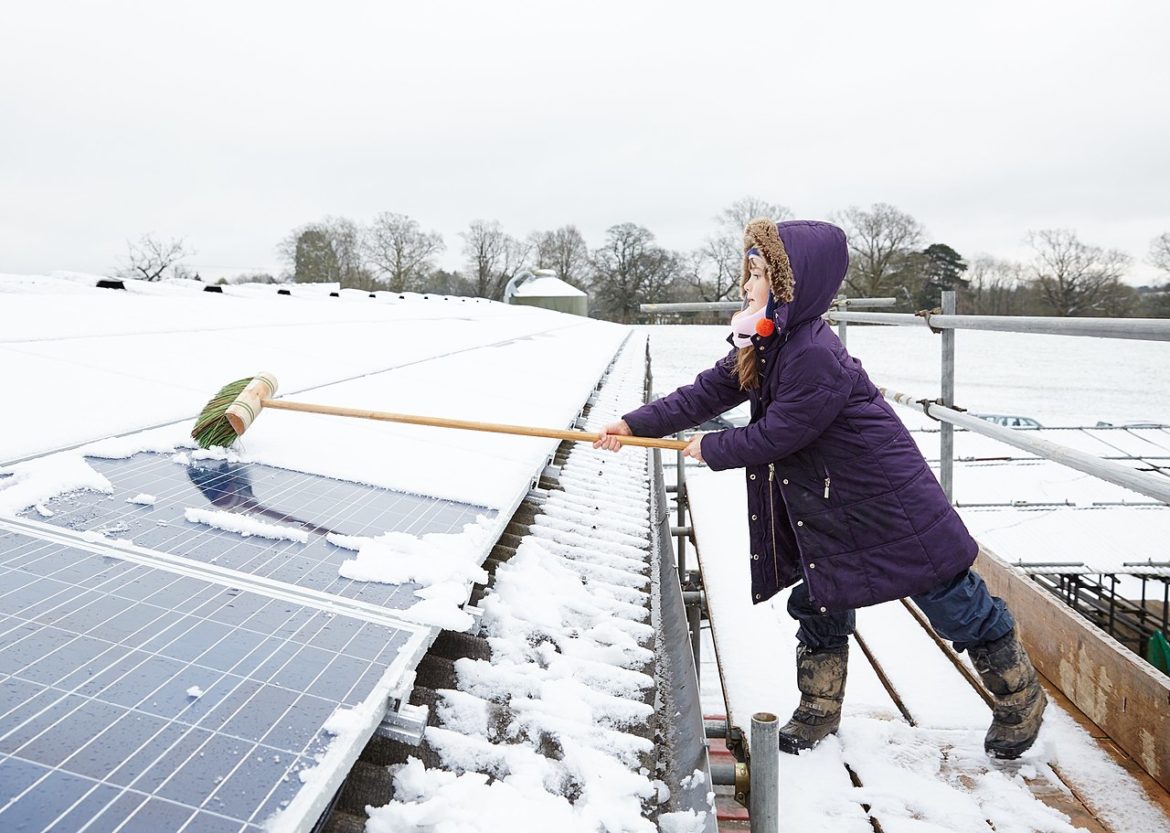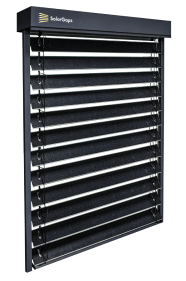How do solar panels perform in winter?

The winter is coming and the sun gets lower and lower above the horizon. If you have recently gone solar or are just considering purchasing your first solar panels (or smart blinds with built-in solar panels) you would want to know whether is there any use of them in colder months.
Well, the answer is yes. Actually, photovoltaic elements are even considered to perform better in cooler temperatures than in hotter ones.
So it’s not the temperature that is responsible for lower energy generation in the winter comparing to the summer. The days are becoming shorter and the sun won’t shine as long on your panels as it does in summer.
The good news is that the snow reflects lots of light making your panels more productive.
What if the panels get covered in snow?
As soon as the panels are tilted (especially if to talk about the panels that are built-in the slats of the blinds), the snow won’t cover them completely. But what if it’s snowing heavily?
If you are a proud owner of solar panels installed on the roof, you can either wait for the snow to melt or try to remove the snow with some special tools. Be careful on that roof, though!
As for SolarGaps blinds, we recommend to raise them to prevent extra snow mass and freezing. The durable steel headbox will protect the blinds from the severe weather conditions. Even if you are away from home, you can operate your blinds remotely with an easy-to-use app. This may come in handy when the snowstorm is coming.
If it’s still sunny, don’t hesitate to lower your blinds to let SolarGaps generate photovoltaic energy for you. ETFE coating, that is covering photovoltaic elements of the blinds along with a steep tilt makes it hard for the snow to stick to them if it is cold enough outside.
Though the average daily generation is significantly lower in winter, it won’t last forever. After the winter Solstice, that happens on every December 21st, the time of the sunny hours will slowly grow and with each day you’ll be getting closer to the next summer!
